
The pumps can now be used to treat pediatric patients who have symptomatic acute decompensated heart failure and cardiogenic shock.

The pumps can now be used to treat pediatric patients who have symptomatic acute decompensated heart failure and cardiogenic shock.

The authors found high exposure to butylparaben and low exposure to 4-nonylphenol during pregnancy were risk factors for asthma development in children at 4 years of age.

Children born moderate to late preterm also showed more behavior difficulties compared with those born early term or later.

The treatment is a type IA prodrug of dexamethasone that targets CD206+ macrophages.
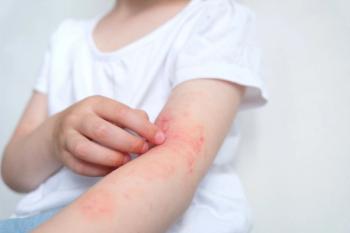
Prevalence increased across all subgroups among children and adolescents, with decreases observed in young adults and elderly populations.

These risks were observed to become higher as gestational age decreased.

E-cigarette manufacturers claim the products aid in smoking cessation for adults without the risk of adolescent usage.

The authors recommend that longer assessments with lengthier interventions should be performed to assess potential benefits.

If approved, the new indications include children 6 years and older with moderate to severe plaque psoriasis and children 5 years and older with active juvenile psoriatic arthritis.
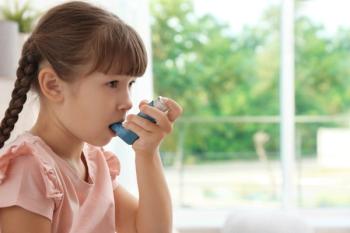
Asthma onset earlier in childhood may be linked to more severe difficulties that could extend to executive function abilities.

Pneumococcal disease incidence decreased in adults after pneumococcal vaccines began to be used in children due to indirect protection, with fewer adults found to carry the bacterium that causes disease.

Evidence suggests that precautionary measures in elementary schools were able to effectively mitigate large increases in disease transmission.

Although shingles is more common in adults, children who have had chickenpox or the chickenpox vaccine can develop shingles.
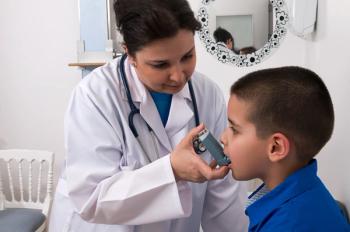
Community health care workers help support both primary care and school settings by assisting with medication administration and communications with staff.

Children with obesity, asthma, and gastrointestinal disease had longer durations of stays compared with children without comorbidities.

As a rare and serious pediatric disorder, Stargardt disease can cause vision complications in patients.

Inflammation associated with asthma in children could perturb neurodevelopment.
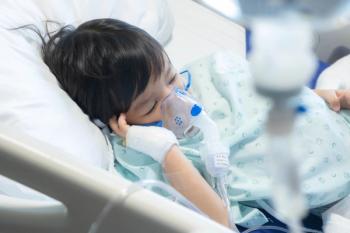

The disorder presents as severe lung disease, with lung transplantation as the only current therapeutic option for long-term survival.

The intervention methods—annual asthma reviews, inhaler technique checks, and asthma management plans—were most effective when performed in the same visit.

The data also shows similar results for children with mothers who have pre-pregnancy body mass index outside of normal range.
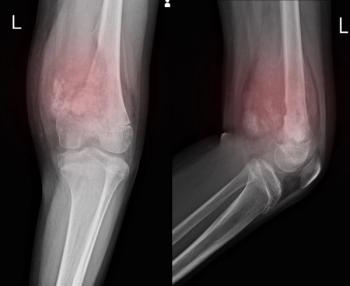
The designation follows 2 previous orphan drug designations for pancreatic cancer and soft tissue sarcoma.

There were differences in the variables that influenced vaccination decision making for adults aged 18 to 26 years and for parents making the decision to vaccinate their child

Children with certain atopic conditions, including asthma and common food allergies, were observed to have a higher risk of developing the chronic disorder.

Among this population, about 80% had not previously been diagnosed with asthma and over 30% were not using any asthma medications.